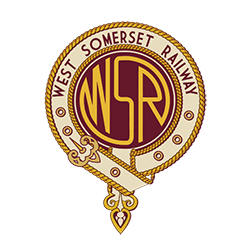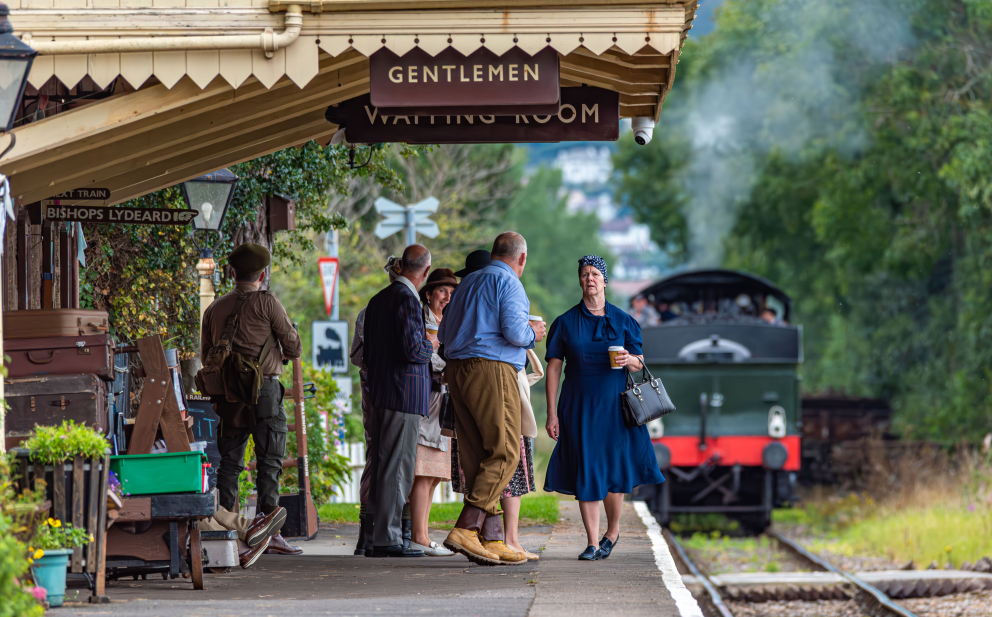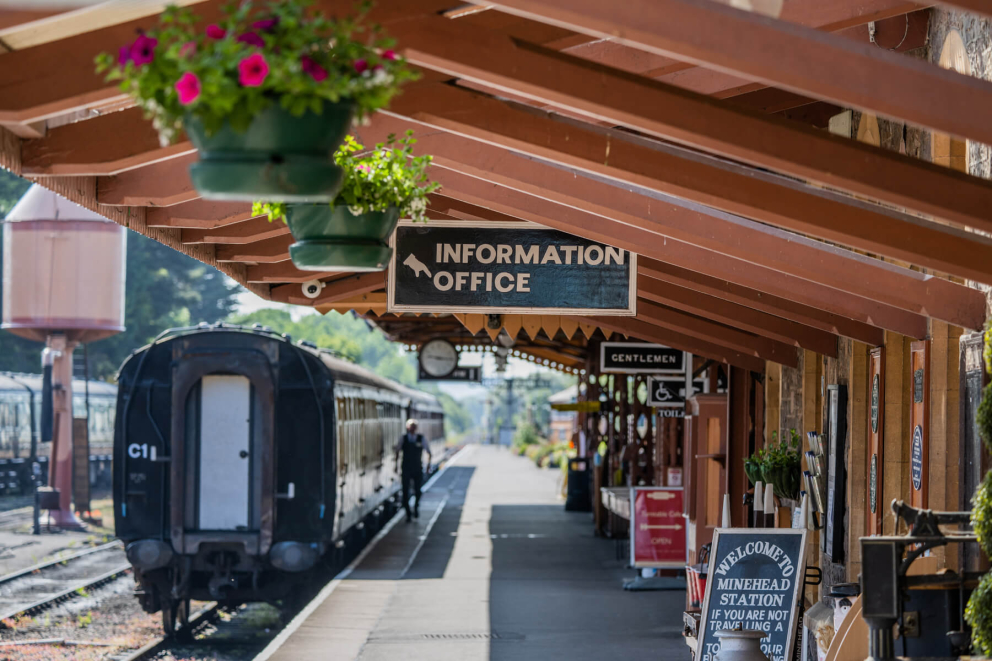Williton Station is about a mile east of the village centre. It has two platforms and is the principal intermediate train crossing place on the West Somerset Railway, where most trains will pass one going in the opposite direction. There is a small car park with an entrance to the down (Minehead) platform, where the booking office and waiting rooms can be found in the main building.
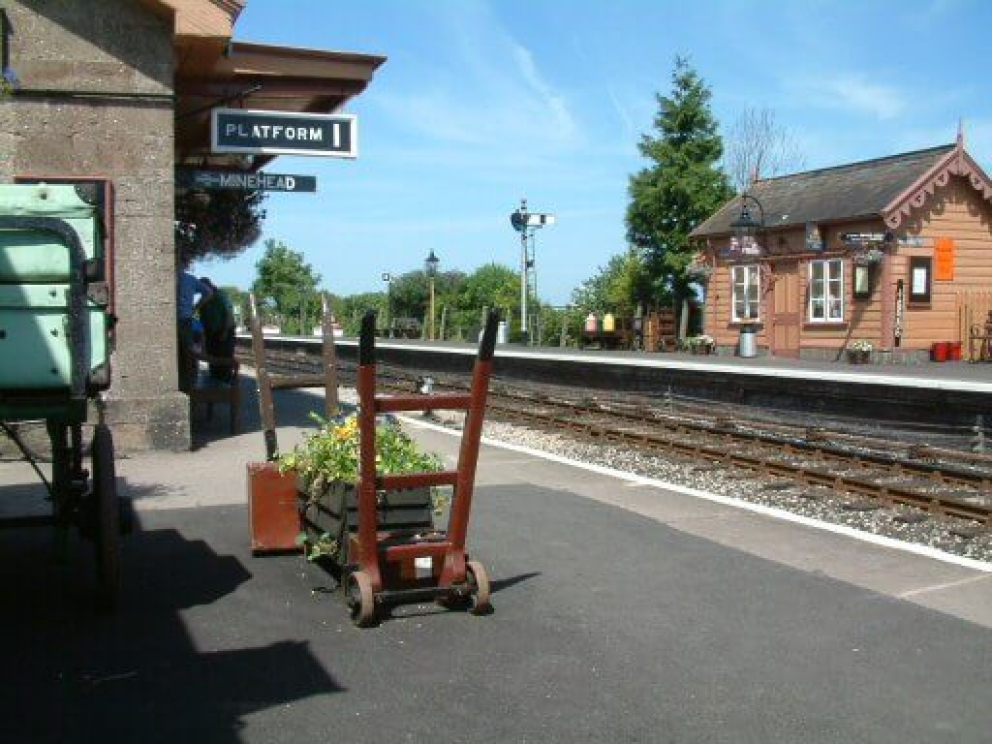
Station Facilities
Toilets are available, but there is no disabled/accessible facility. The well-stocked café and shop has indoor seating, as well as benches on the platform where you can watch all the activity as the trains come and go. There is a footbridge to the up (Bishops Lydeard) platform, and there is also a wheelchair-accessible foot crossing available. The station is also home to West Somerset Restoration and the DEPG (Diesel and Electric Preservation Group).
It is a walk of about 15 minutes to the village centre, which passes the former Victorian workhouse, restored and converted into an attractive housing development named Gilbert Scott Court, after the original architect. There are pubs and shops in the village.
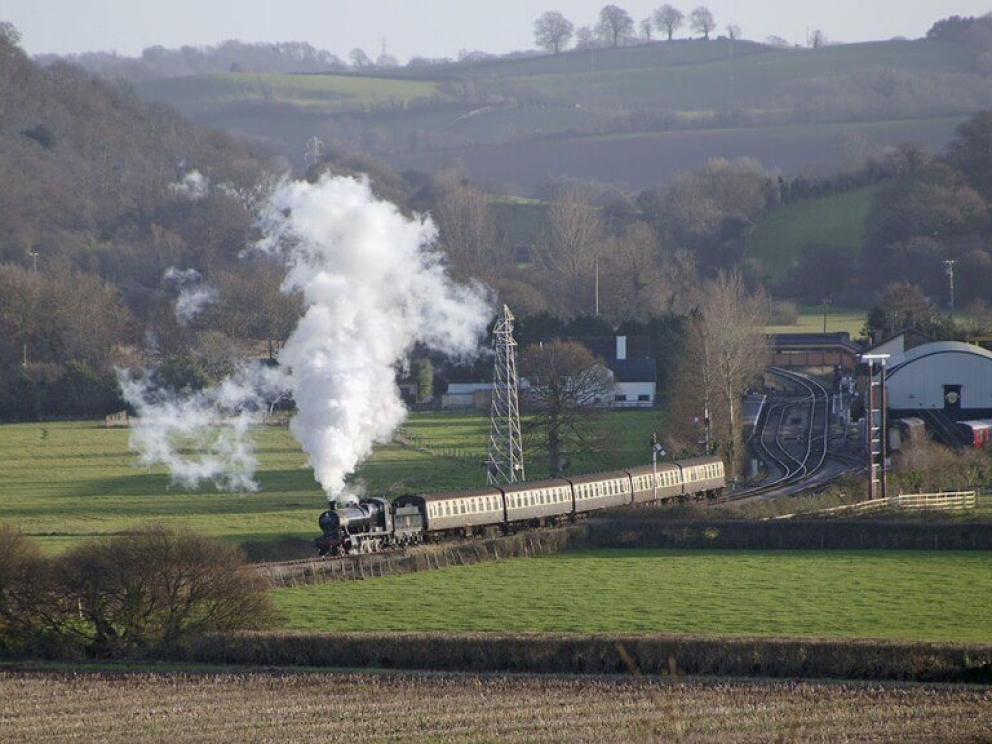
History of Williton Station
The station was opened when the West Somerset Railway started operations between Norton Junction and Watchet in 1862, when a single platform was provided. The level crossing between the signal box and the road bridge has always been a feature of the station and is on the original alignment of the turnpike road. However, the Act of Parliament authorising the railway required the provision of a bridge, which was completed for the opening of the railway. The abutments on the present road bridge are original, but the span was replaced in 1952. Today the level crossing is used by a little local traffic, but for many years its public use was restricted. A goods shed was provided next to the platform, with a siding in the yard.
In 1874, the passing loop and second platform were opened on the up side to allow trains to pass in the station. At the same time, the signal box was installed by the Bristol & Exeter Railway, which operated the line for the WSR, and it is the only surviving example of B&ER signal box still in use. In 1907 and again in 1937, the passing loop was extended to allow longer trains to pass, but its length was reduced in 1967 when a culvert between the level crossing and the road bridge was replaced by one of single-track width. A major achievement in recent years has been the renewal of the culvert to double-track width and the extension of the loop to its original length. The station footbridge was removed in the 1960s by British Rail. The present footbridge was rescued from Trowbridge station, dismantled and moved to Williton. It was reconstructed in its present position and officially opened in 2011, with the roof being completed the following year.
The station is typical of a Brunel design, with the booking office, waiting rooms, Ladies’ and Gents’ toilets all used for their original purpose. The café occupies the former parcels office, while the period feel is enhanced by the platform displays of trolleys, trunks, bikes, milk churns and other paraphernalia. The original goods shed is used by the Diesel and Electric Preservation Group, who in 1997 built a steel maintenance shed containing two roads on an adjacent site for the maintenance of their fleet of vintage diesel locomotives, some of which can be seen at work on the railway. The large, corrugated iron building at the far end of the yard came from the former Great Western Railway workshops at Swindon and is used for engineering and restoration work, including steam locomotives. These areas are not normally open to the public except during special events, such as galas.
